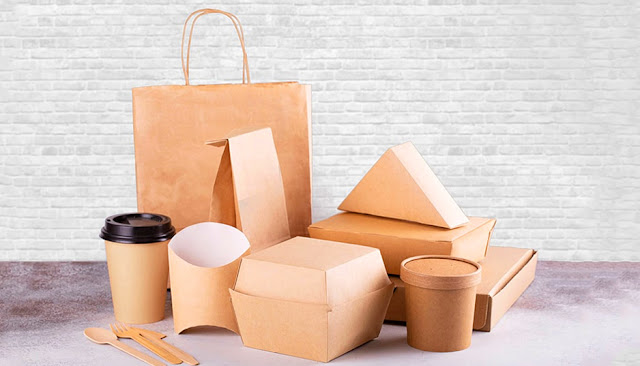Which Is More Environmentally Friendly: Paper or Plastic?
We all know the benefits of using sustainable and environmentally friendly paper packaging products. They are biodegradable, renewable, and have zero effects on the environment. So what about plastic? Is it environment-friendly and renewable? Can it be biodegradable?
In this blog, we
study the contrasts between paper and plastic. Procurit is a leading
manufacturer of paper packaging products with a focus on sustainability.
For Any Query Drop A Mail At: wecare@procurit.in
Qualities and Constituents of Paper
A paper-based
product contains 90–99% cellulose fibres as structural elements that influence
its end-use properties. Paper is also made from several sources today.
1. It is
lightweight and reusable.
2. It has various
levels of thickness and density.
3. It has two sides
and is smooth.
4. It is breathable
and porous.
5. It can be rigid
and rough.
6. It is
compressible, stable, and strong.
With paper, there
are also several sources from which it is made. Cellulose fibres from various
materials change into pulp after mixing with water and placing on paper-making
machines for flattening, drying, and cutting of paper products.
Constituents of Plastic
Plastic has
carbon-based atoms. Carbon atoms can link with other atom compounds by up to four
chemical bonds. The carbon atoms connect with hydrogen, oxygen, nitrogen,
chlorine, or sulphur in plastics.
1. Plastic is
shock-resistant.
2. Water-resistant.
3. Plastic can be
used for thermal and electrical insulation.
4. It is cheap to
manufacture and can be mass-produced.
5. It is
lightweight with a high strength-to-weight ratio.
6. It is not
breathable, as it is watertight and waterproof.
Which is more environmentally friendly, Paper or plastic? And why?
Let us look at
these points and draw a final conclusion.
1. Paper can come
from multiple sources like straw, flax, bamboo, wood, linen rags, and hemp. You
only need cellulose fibre to make paper. The cellulose fibre is either from
wood or recycled paper products.
2. Plastics are from
coal, natural gas, salt, and crude oil via polymerization. Plastics have
environmental and planet-warming chemicals like gas, oil, and coal.
3. Paper is highly
biodegradable and takes less time to merge with soil and natural matter
like water, air, and even nature. They are highly sustainable, recyclable, and
reusable without high costs to the planet.
4. Plastic is
non-biodegradable and takes more than 400–500 years to fully decompose and
merge with soil matter. It releases chemicals over this time into the earth, and atmosphere and poses danger to wildlife via suffocation and blockage of air
passages. It can be lethal if swallowed, unlike paper, which is porous, soft,
and permeable.
5. Paper is used for packaging paper-based food packaging products to maintain breathability, freshness, and
Conclusion
And so the verdict is in favour of using paper rather than plastic. The paper has several renewable and sustainable benefits as opposed to plastic. For the paper-based food packaging products manufacturer, Procurit, businesses and customers reap environmentally-friendly ways to keep the planet breathing and safer. From paper cups to paper tubs, paper boxes, paper wristbands, and paper bags, there are multiple sustainable and renewable ways.
Get the latest
paper packaging products from Procurit and enhance your business's
environmentally friendly credentials at the best price today.
Contact us for more information: +91 7303068678




Comments
Post a Comment